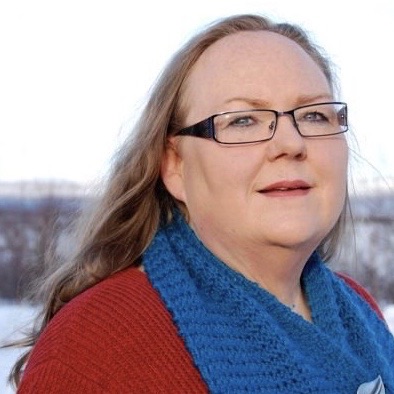OPENING THURSDAY 11 NOVEMBER
In connection with DanseFestival Barents festival opening Vuoiŋŋastat / Åndedrag, Gula wants to make mearramárrat. We encourage those who have a gait / cardigan to put it on and join the opening and the rest of the week. Let the cardigan edge swing - and make a little upset sea / sea soda / # mearramárrat.
See the event on Facebook here.During the opening, "Fragments - Excerpts from Swans in Stone" by Stellaris DansTeater will be performed
Choreography: Solveig Leinan-Hermo
Dancers: Ekaterina Nikitina, Eivind Linn and Tonje Aas Molnes
Music / yoik: Halvdan Nedrejord





